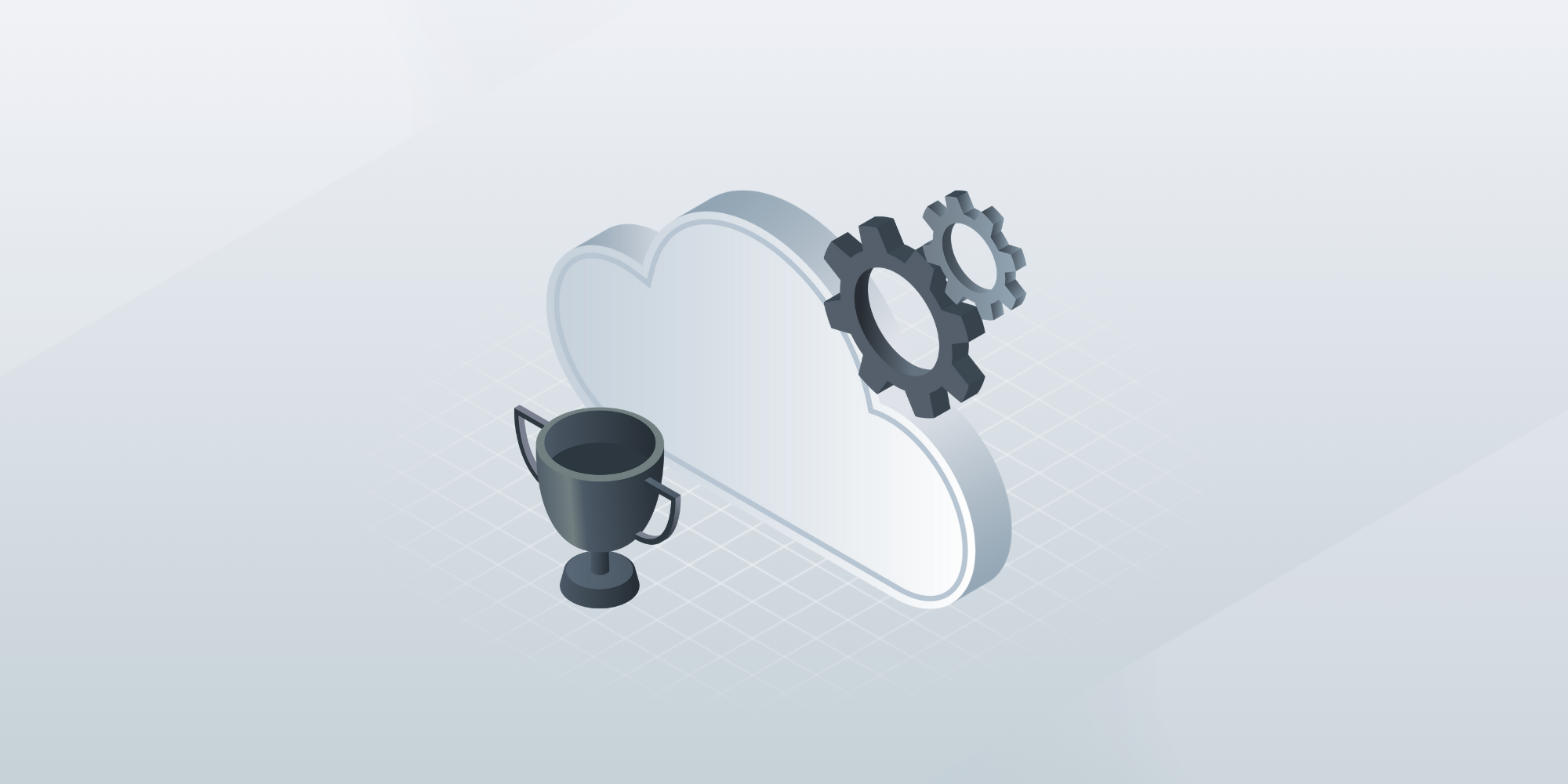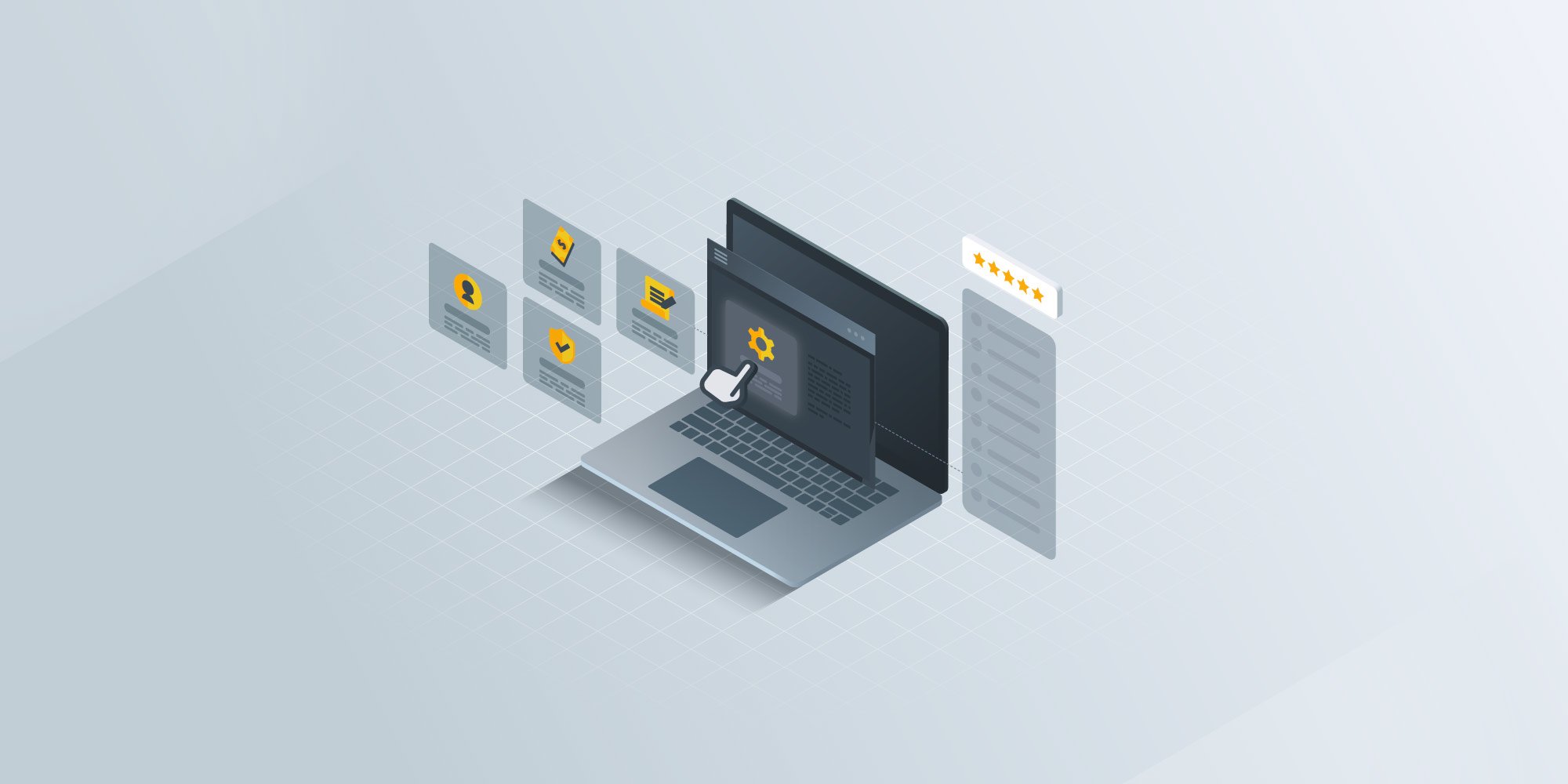How to Write a Performance Review for Remote Employees: 7 Steps to Follow
 Mara Quintanilla
Mara Quintanilla
In today's work landscape, teams are scattered around the world, working in different time zones and across cultures. But teams still need feedback and direction to improve their output. How do you assess employee performance when you've only seen their faces on a screen or in their profile pictures? Or when you work async and mostly talk via text?
One of the challenges of managing a remote team is providing effective appraisals of employee performance. You may not have enough information about their work to make an informed review. On top of that, your feedback will impact how your employee continues to work and their chances for development.
According to Gallup, only 2 out of 10 employees say their performance is managed in a way that motivates them to do outstanding work.
How do you provide meaningful feedback when there are no face-to-face meetings or offices to walk into? What is the best way to give constructive criticism when your employee doesn't work in the same time zone as you?
Effective performance assessments for remote employees are possible. Here's what you need to know.
Why employees performance management is important

Employee performance management lets employees know when they're doing a good job and when they need to improve so their company can succeed.
It helps companies understand what motivates employees and how they can perform better in the future. It can also help you measure their progress and identify areas where they need to improve.
Performance management has evolved from the early merit-based rating systems used in the military aimed to dismiss poor performers to constant feedback models targeting employee wellbeing and personal goals.
Annual performance reviews tend to be criticized because of their lack of value for organizations and employees. Yearly reviews are often too long and span many topics because there's no regular feedback between occurrences.
Besides, they can be costly. Gallup reports that participating in performance evaluations can cost companies with 10,000 employees as much as $2.4 million to $35 million a year in lost working hours.
The tendency, according to Gartner, is to focus on employees as a whole. In the 2021 EVP Employee Survey, 82% of employees said they wanted their organization to see them as people, not just employees. Workers wish their personal goals to be considered just as much as their professional objectives.
After all, motivated and engaged employees produce better results than those who feel indifferent toward the company's goals and objectives.
How are remote performance reviews different from in-person reviews

An employee performance review is an opportunity to reflect on how well you did at your job and to set goals for the next period.
It's also a chance for managers to give constructive criticism and recognition to help workers improve. But if you're working remotely and are in a different room than your manager, both parties must be aware of some critical differences in this process.
In-person appraisals allow managers immediate access to their employees' body language and facial expressions and offer more opportunities to ask questions about what's going on in an employee's life outside of work.
In a remote environment, you can't see each other face-to-face and gauge employees' body language, so clear communication and understanding of others' circumstances are paramount.
How to write a performance review for remote employees
A performance review is a written assessment of an employee's job performance, which can be conducted annually or more frequently. It is often used as the basis for deciding salary increases and bonuses.
A good performance review should be thorough enough to cover all aspects of the employee's work life, from their engagement with their position and coworkers to their productivity at work and any problems they've had with the company or customers.
There are different approaches to conducting a performance review. Some employers prefer a very formal style of review in which they write notes before or during the conversation and then send them to their employees for review. Other employers prefer a more informal meeting where both parties discuss what went well and what can be improved.
In either case, it's important that employees feel listened to and valued.
7 steps to create an effective remote employee performance review

Set baseline metrics
While focusing on employee well-being is the trend for performance reviews, having a few metrics allows workers and managers to have measurable results in any given role. A baseline metric is a set of numbers that show the average performance from a specific period, giving you an idea of how well employees perform.
Baseline metrics can help managers make informed decisions on whether workers are improving or declining in their skills, if they need training, and see their day-to-day progress.
Discuss expectations and goals
After establishing baseline metrics on how you will measure performance, make sure your employees understand the purpose and process behind their performance reviews and how they will benefit from them.
Communicate what happens if an employee doesn't meet expectations and how poor performance will be managed. Clearly define disciplinary and termination procedures, whether that is a verbal warning, a written warning, or termination if the situation is not resolved.
Establish trust and build rapport
Establishing a foundation of trust and building rapport with remote employees is crucial. This can be challenging if you manage people who work in different time zones, but it's essential to remain open and honest with your feedback.
Regular communication is essential. Setting aside time to check in with your remote team members is important. Make an effort to schedule video calls at least once per week so that everyone can be sure they're on the same page.
Document performance frequently
Communication for distributed teams can be less dynamic and spontaneous than on-site conversations. Another reason to be intentional about communicating praise and recognition of your remote team: intentionality is critical in remote settings, especially for establishing a solid company culture.
You can use a Human Resource management system with informal chat or shoutout capabilities to recognize team members, keep them motivated throughout the year, and provide talking points for formal reviews.
Provide multi-directional feedback
When doing a performance appraisal for remote employees, feedback should go from management to employees, from workers to leadership, and between colleagues. If criticism is to be truly effective, it must always come after praise so that people are more likely to notice and respond positively.
Offer continuous learning and development opportunities
Offering training and development opportunities is a great way to help your remote employees grow. When you're away from the office, offering personal guidance and feedback on how someone can improve their work is more complicated.
Instructional videos or online courses can give them the support they need without being physically present.
If one of your remote employees has been with your company for some time now, consider offering them the chance to attend conferences or workshops that provide valuable training but don't require travel costs. You could also create an internal mentorship program where new employees work with more experienced ones on projects outside of their regular duties so they can learn from each other's expertise.
Ask employees to do self-assessments
Self-assessments help employees see how they add value to a company and where they want to go with their careers. It encourages them to be self-critical and take responsibility for their own performance. Through this process, managers can learn how best to motivate and incentivize their workers.
You'll want self-assessments to be specific and thorough so that everything is clear and straightforward when the time comes for your review of an employee's work and output. Asking questions like "How would you rate yourself?" or "What did I do well?" can help develop concrete answers and robust feedback.
What to ask in a performance review as a manager
Ask specific questions to help you get a clear picture of how well your remote employee has done their job. Here are some examples:
- What accomplishments are they most proud of?
- What are their goals for the next months?
- As a manager, what have I done to help you? What have I done to hinder your performance?
- Do they have the necessary resources and tools for the job?
- Do they have any concerns?
- How do they see themselves in the company in the future?
What to ask in a performance review as an employee
As an employee, it's your right to ask for feedback on your performance. Before you do it, think about what you want to know to improve for the future. Here are some examples of questions that will get you started:
- What was my biggest strength? And how can I build on that?
- What was my biggest weakness? And how can I overcome it?
- How am I doing overall? Is there anything else we need to work on together?
- Where could I improve my communication style with others and with clients/customers/bosses?
Final thoughts
Performance reviews are an essential aspect of any business. For remote workers, regular feedback and ongoing development opportunities are necessary to keep them engaged and to progress in their careers.
The key to a successful performance review is to create a process that works for the people involved. You want to ensure that everyone understands what's expected of them, whether they need feedback or not, and how they can improve in the future.
Remembering that the performance review is a two-way street is also important. It's not just about giving feedback and coaching; it's also an opportunity for employees to provide honest feedback to their managers and assess if they have the proper support to achieve their goals. This helps create a healthy culture of transparency, leading to better outcomes for everyone involved.
If you're interested in supporting your remote team's growth by providing them with the necessary tools, give us a shout. GroWrk provides smart IT asset management solutions for globally distributed teams, allowing companies to set up, support, and scale their workforce quickly. Request a demo today.





